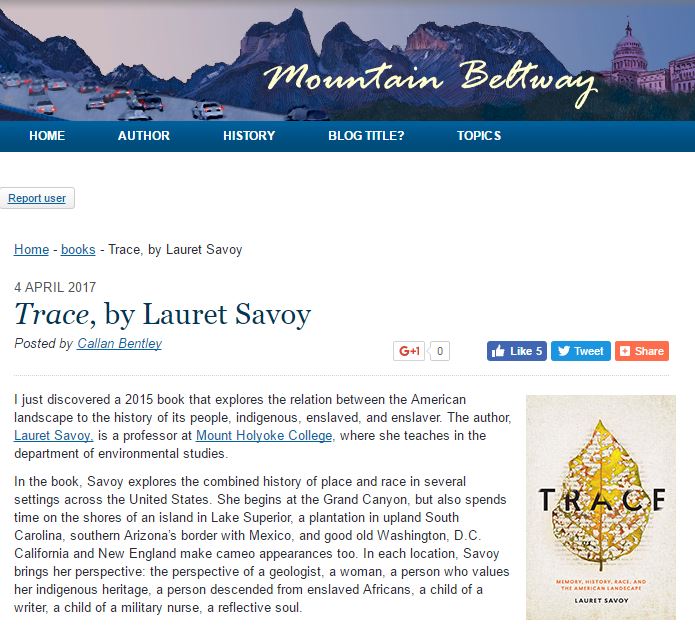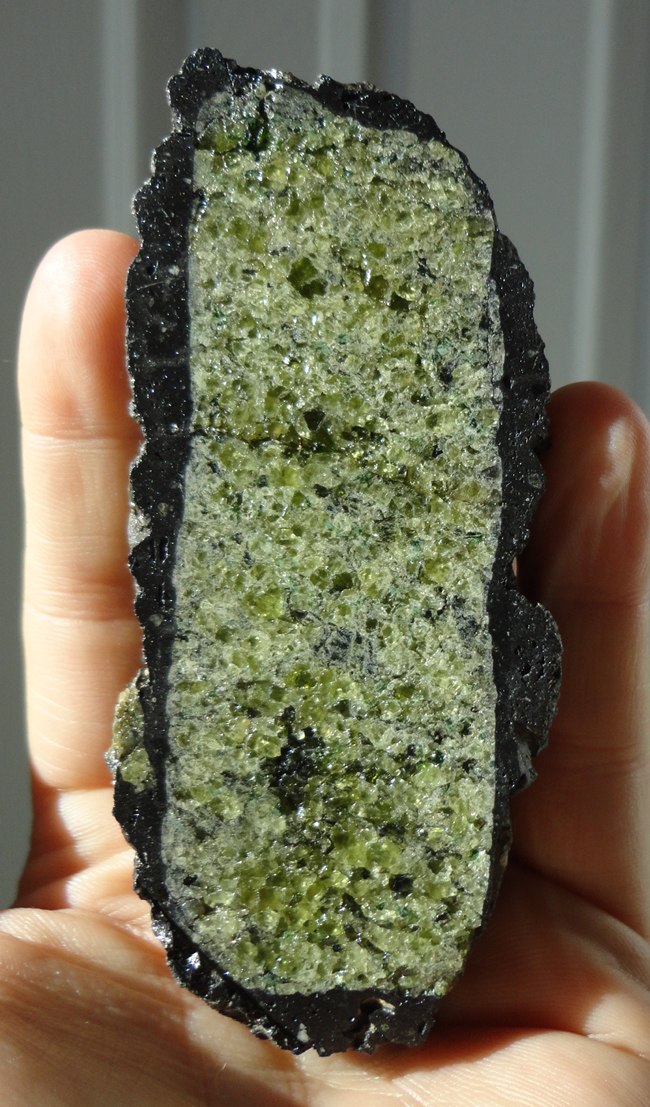Geopedia, by Marcia Bjornerud
My favorite popularizer of modern geology is Marcia Bjornerud. Her sensibility for what is interesting and important matches very nicely with my own – I feel she is a kindred spirit, though one infinitely more talented with language than I am. Lovers of geology found much to delight them in Reading the Rocks. She took … Read more


